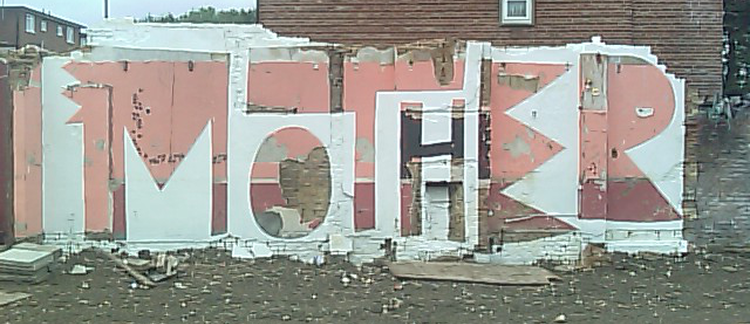Abstract
Recurrent portrayals of dead mothers frequently appeared in French art from 1800 to 1850. This essay focuses on one of the latest manifestations of this image, namely, the French Realist Jules Breton's (1827-1906) painting The Hunger of 1850, in order to examine the psycho-historical elements associated with the mother's death. Through an analysis of the "Uncanny" as formulated by both Ernst Jentsch and Sigmund Freud, we will address the undissolvable link between the structuralization of "homeliness" in the late eighteenth century and the dread it evoked in the early nineteenth century, as two sides of the same coin. We will simultaneously consider the inherent conflictuality embodied by the dead mother according to the French psychoanalyst André Green, who dealt with the experience of "nothingness" that characterizes children of mothers-who-refuse-to-die.
How to Cite
Ventura, G., (2015) “The Dead Mother, the Uncanny, and the Holy Ghost”, Studies in the Maternal 7(1), 1-37. doi: https://doi.org/10.16995/sim.204
763
Views
442
Downloads
